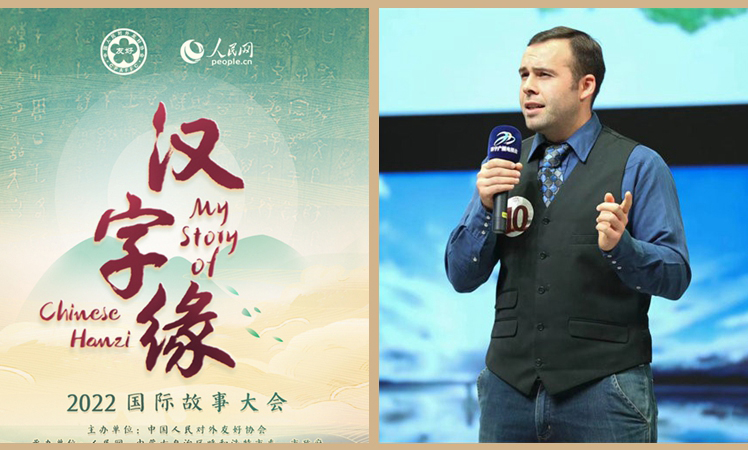Magical traditional Chinese medicine: Delicious taste of Chinese herbal medicine
Whether it requires the use of grass, flowers, roots or leaves, edible foods, or other medicinal materials, mixing together Chinese herbal remedies is an essential skill for traditional Chinese medicine (TCM) practitioners. A series of programs produced by People's Daily Online will document how TCM is practiced and promoted in China and the United States. The videos will also showcase how TCM has been used to improve the health of those living in different communities. In this episode, let's learn more about traditional Chinese herbal medicine.
The transformation of medicinal herbs into pastes is a production technique refined and passed down from nearly 2,000 years ago in China.
In Guangzhou, the creation and use of traditional Chinese medicinal materials is the basis for tailor-made treatment plans for patients seeking the services of Yang Zhimin, a famous TCM practitioner.
In the U.S., Dr. Liu Hao and a famous chef, Martin Yan, have launched a series of combined celebrity chef and doctor programs called “Yan Can Cook: Good Taste Meets Good Health” on a local TV station every Saturday. They focus their efforts in the programs on popularizing TCM and healthy food culture to local people. As a well-known local doctor of TCM, Dr. Liu, born into a family of TCM practitioners, has many "traditional Chinese medicine fans." He said that he wants to change people's initial impressions of Chinese herbal medicine as a kind of "bitter soup of medicine," arguing that herbal medicine can also be turned into something delicious to eat through simple preparation and cooking methods.
In 1994, the U.S. government officially recognized traditional Chinese herbal medicine as a food supplement. Since then, increasingly more Americans have come to recognize the benefits of Chinese herbal medicine. As a sign of this growing popularity, the number of Chinese herbal medicine stores in the U.S. has risen precipitously.
"Ellision Enterprise," a traditional Chinese herbal medicine store, has operated in San Francisco's Chinatown for 50 years. "When we came here in 1972, there were only a few traditional Chinese herbal medicine stores in San Francisco. But now, more than 100 stores are selling traditional Chinese herbal medicine," said Kenny Lau, the president of the Chinese Herb Trade Association of America.
According to TCM theory, the two primary substances in the human body – blood and Qi – are described in terms of Yin and Yang. The forces of Yin and Yang are gathered within the body, and when they are out of balance, the body will suffer from illness. This belief in the balance of Yin and Yang serves as the guiding basis for TCM. How then do TCM practitioners transform a bunch of herbs into medicine? This requires knowledge of the medicinal properties of traditional Chinese herbs and memorization of the "Tang Verse," which is the formula used for each herbal medicine, which originates from ancient Chinese medicine classics. At the Five Branches University, the "Tang Verse" is displayed on the wall for students to recite. These are fundamental skills for every TCM practitioner.
TCM practitioners treat diseases by looking, hearing, asking, and touching the patient without the aid of modern medical equipment. They spread the fundamental beliefs of TCM and health care to the world with traditional Chinese herbal medicines and TCM theory inscribed into their hearts.
Related:
Magical traditional Chinese medicine: Americans infused with renewed vitality from acupuncture
Magical traditional Chinese medicine: Cupping therapy gains in popularity at home and abroad
Magical traditional Chinese medicine: TCM and martial arts share the same origin
Magical traditional Chinese medicine: Orthopedic doctors restore bone injuries with just their fingers
(Web editor: Hongyu, Bianji)









